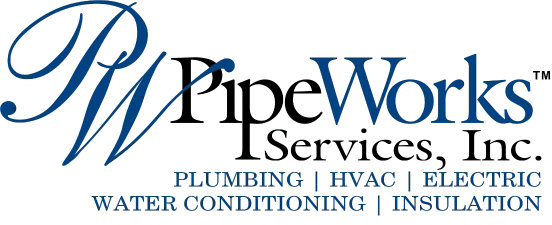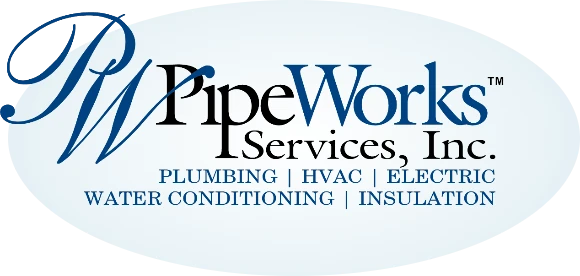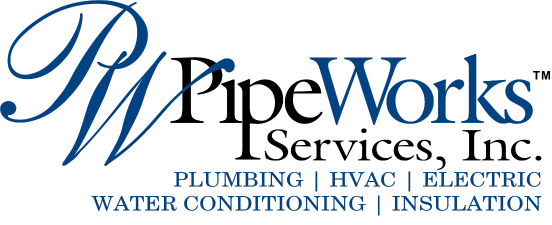Having to make a water-heater decision involves knowing the EF, or energy factor, of the appliance. The EF describes how efficiently the unit functions. Three aspects of heating water affect the rating:
- Recovery efficiency.
- Standby losses.
- Cycling losses.
The recovery efficiency describes how efficiently the heat source transfers heat to the water. The second factor, standby losses, indicates how much energy water in the tank loses when it’s not being used. The third, the cycling losses, occurs when the water moves into and from the tank to your faucets.
A high EF factor does indicate that the water heater is efficient in these three areas, but you may be able to improve the EF of the unit after installation by:
- Draining a quart of water from the bottom of the water heater every few months improves its recovery efficiency. Over time, dissolved solids build at the bottom of the tank and lower the recovery efficiency. Lowering the water temperature to 120 degrees also lowers the buildup of solids at the bottom of the tank.
- Wrapping the tank in insulating blankets. Insulating jackets or blankets are available for all water heaters and are easy to install for electric heaters, although technical expertise may be necessary for gas heaters. The jackets or blankets lower the standby losses by holding more heat inside the tank. A heater with blanket insulation should not be operated at temperatures greater than 120 degrees to keep the wiring cooler.
- The cycling losses can also be lowered by insulating some or all of the pipes running from the water heater to the kitchen and bathrooms. If access to pipes is limited, insulating or wrapping the pipes in the foam where they are visible adds a measure of protection from cycling losses.
If you would like professional advice about a water-heater decision, please contact us at Pipe Works Services. We have been providing plumbing and HVAC services in Union, Somerset, Essex, and Morris Counties since 2000.




